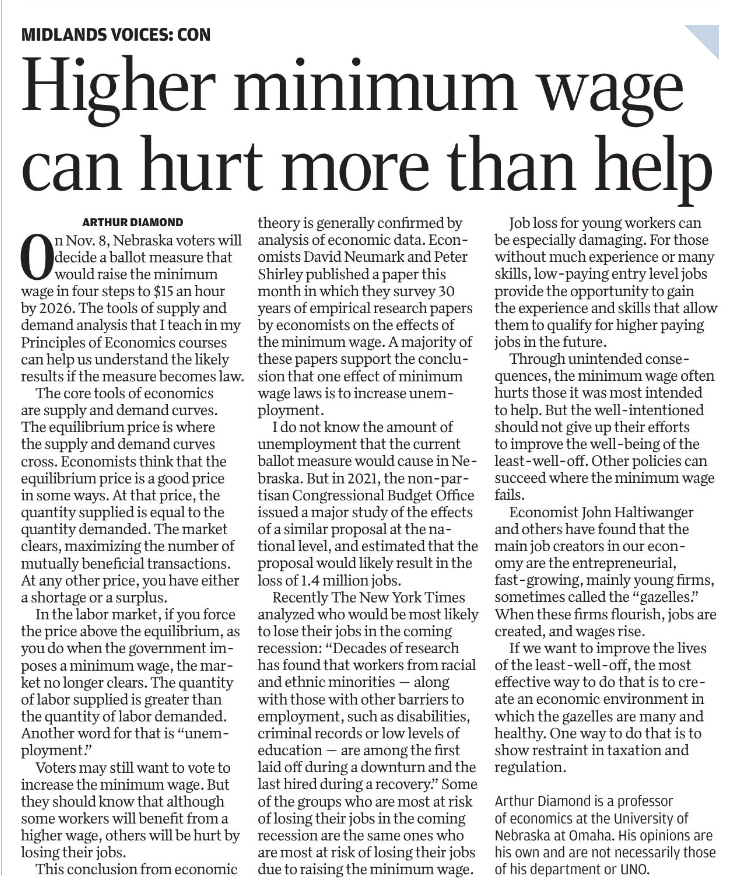(p. C8) Along with the San Francisco earthquake of 1906, the Great Chicago Fire of 1871 stands as one of America’s foundational urban legends, a story of death and rebirth, a monument to the resiliency of the nation’s character.
. . .
Photographs taken immediately after the fire show the utter devastation facing residents: a flattened, rubble-strewn landscape, with only the jagged husks of buildings jutting into the smoky air. But “Chicago’s Great Fire” goes beyond the disaster and its cause to recount the remarkable way the city sprang back. An energizing sense of optimism and opportunity, along with a heavy dose of boosterism, had fueled the city’s explosive growth, and those elements quickly went to work. “Almost immediately,” Mr. Smith writes, “many Chicagoans paradoxically came to see the heroic destruction of their city as an unexpectedly positive event, a stage in its irresistible upward development rather than a dispiriting setback.”
“CHEER UP,” exhorted the headline on an editorial in the Chicago Tribune’s first postfire edition, three days after the inferno started. Even while tens of thousands of residents remained homeless, an emissary assured Eastern financiers that the city warranted a new round of investment. Local entrepreneurs built crude shacks in the rubble to sell necessities. Debris not used for rebuilding was dumped on the edge of Lake Michigan, thus enlarging the size of the downtown.
For the full review, see:
(Note: ellipsis added.)
(Note: the online version of the review has the date October 16, 2020, and has the title “‘Chicago’s Great Fire’ Review: Rising From the Ashes.”)
The book under review is:
Smith, Carl. Chicago’s Great Fire: The Destruction and Resurrection of an Iconic American City. New York: Atlantic Monthly Press, 2020.


